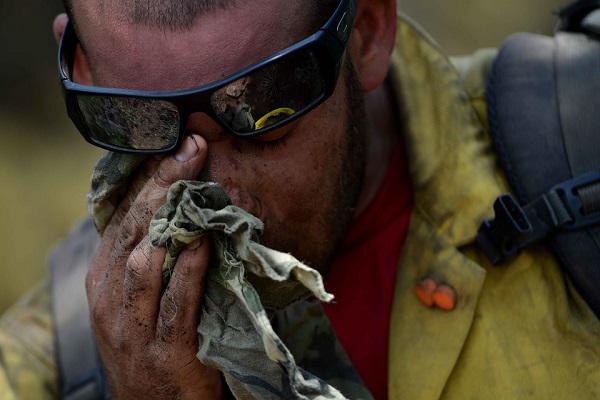Extreme heat can happen even though the outside temperature seems ideal. Interestingly enough, it can reach extreme temperatures inside a car even when it is apparently cool outside.
“When it is 70 degrees fahrenheit outside, it can reach temperatures of around 104 degrees fahrenheit inside a car in less than 30 minutes and 113 degrees in an hour”
Jan Null– Adjunct Professor San francisco State University
So when exactly does heat become an injury to the body and what exactly happens?

Image Source: Pixabay
Table of Contents
What happens in Extreme High Temperatures of the Body
In an ideal case scenario, when the body’s temperature rises quickly, the heat races to the outer part of the body by increasing blood flow in order for the heat to escape by what we know as the process of sweating.
Sweating and Cooling the body
Sweating is a key component of cooling our body down and as the sweat evaporates then the body starts to cool down. If the body were to stop or not be able to sweat because of other components, then this is when the problems of heat stroke or heat exhaustion come into play.
The body’s natural body temperature is around 37 degrees and if the temperature rises to around 40-41 then the fatigue sets in and blood flow starts to slow down. If the blood circulation starts to slow down then sweating will start to slow or even stop and the body will not be able to cool itself. Above 40-41 degrees, heat exhaustion is likely and higher than 41 the body starts to deteriorate and shut down resulting in seizures and organ failure.
Heat Conditions or Syndromes
There are typically three different syndromes or conditions related to extreme heat without relief or adequate fluid intake. Starting with the most benign being muscle cramps and moving up to more stronger implications such as heat exhaustion and then ultimately heat stroke.
Muscle Cramps Related to Heat or Dehydration
Muscle cramps happen when basically there is an imbalance of electrolytes from prolonged heat and not enough fluid with associated minerals. Cramps usually happen after more extraneous muscle activities in hotter temperatures.
Symptoms are usually flushed, moist skin along with painful cramps usually in the legs. Adults and children with medical problems are more susceptible to heat related injuries such as cramps.
Treatment of Muscle Cramps
- Stop activity and move to a cool area
- Remove any clothing you can and place cool cloths on the body
- Drink a cool sports drink with sugar and salt
- Stretch the cramped muscles slowly and with care
Heat Exhaustion
Heat exhaustion is when your symptoms are heading towards heat stroke and actually some of the symptoms overlap. This is when your body starts being unable to cool down. You start to have a rapid pulse, cramps are becoming more frequent, heavy sweating starts and other problems such as vomiting and diarrhea might happen to the body. This is when medical attention is advisable.
Heat Stroke
Heat stroke is the term used for when your body is unable to cool itself and is overheating. If heat stroke is not taken care of immediately then damage to your brain, heart, kidneys and muscles can happen or the worst case scenario – death. Confusion and lethargy is setting in and seizures can happen along with other symptoms that are indicative of heat exhaustion.
What to do in a Heat Illness or Injury
So what is the procedure when heat illness or excessive heat becomes an injury? If the heat injury is work related then specific guidelines should be in place to prevent any heat related injuries. If the injury is not job related then details need to be noted if it could have been prevented.

Image Source: Pixabay
In order to figure out how the injury happened and if it could have been prevented; it is better to contact an attorney such as an Indianapolis personal injury lawyer to figure out if they can get compensation for any costs of needed care.